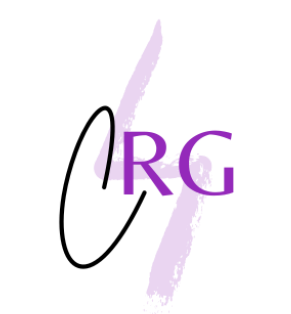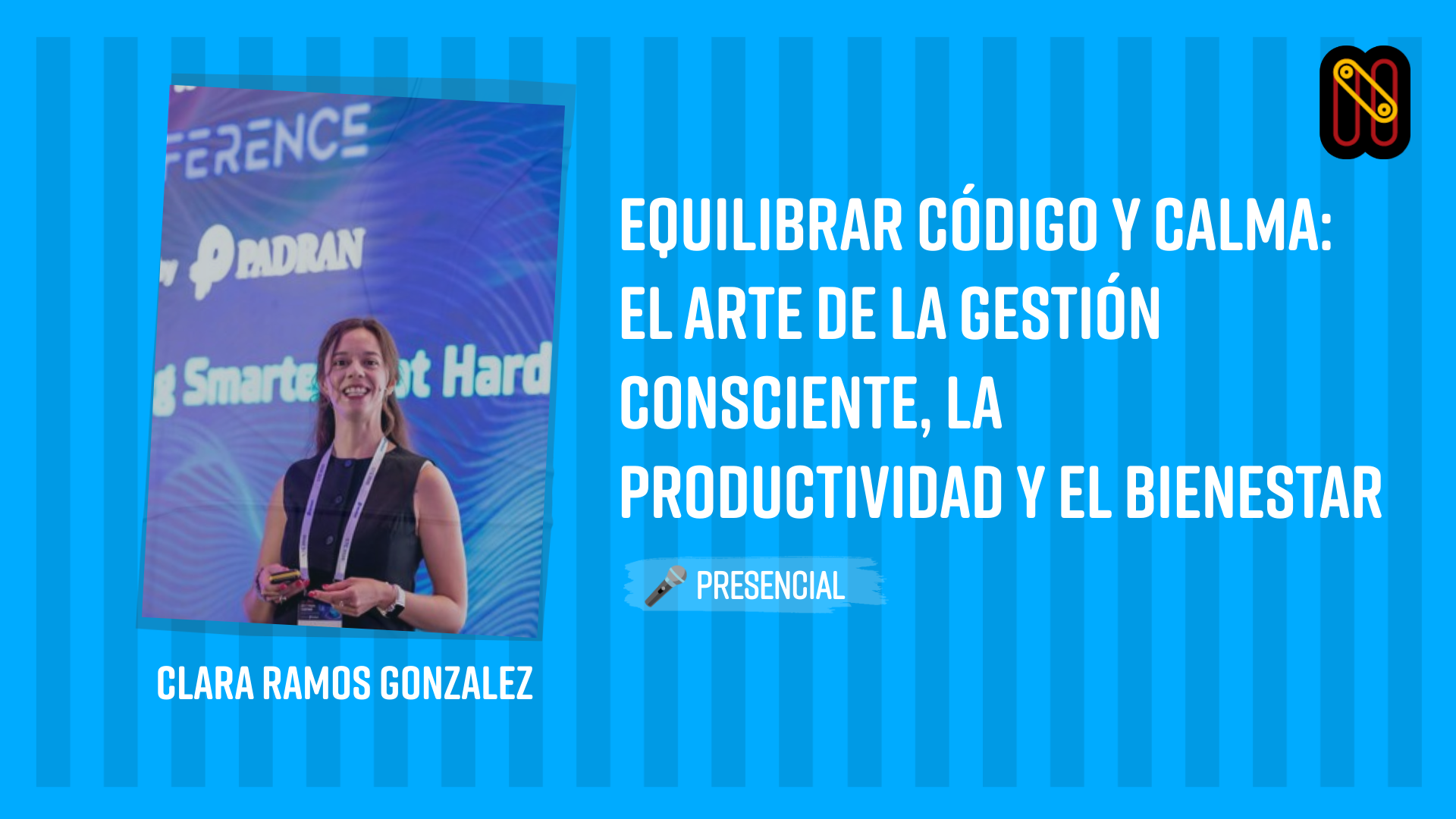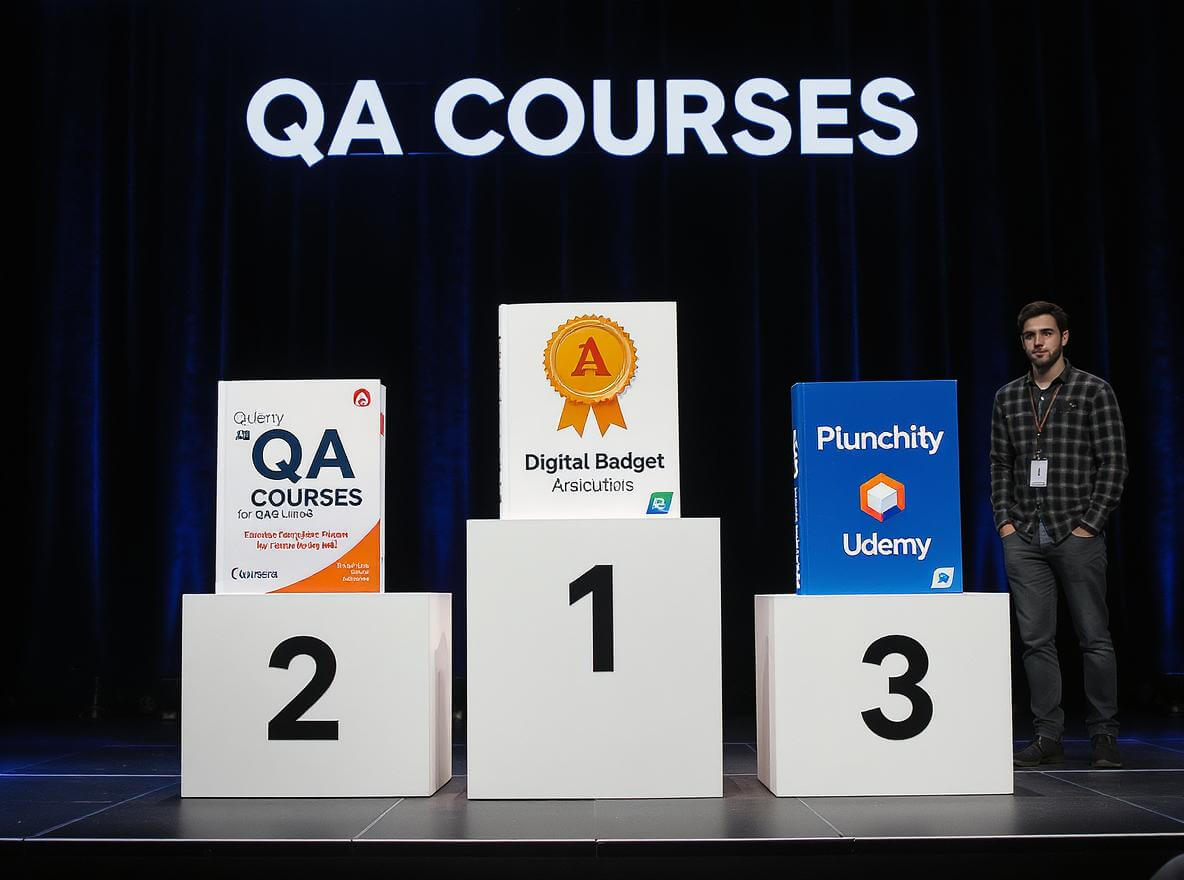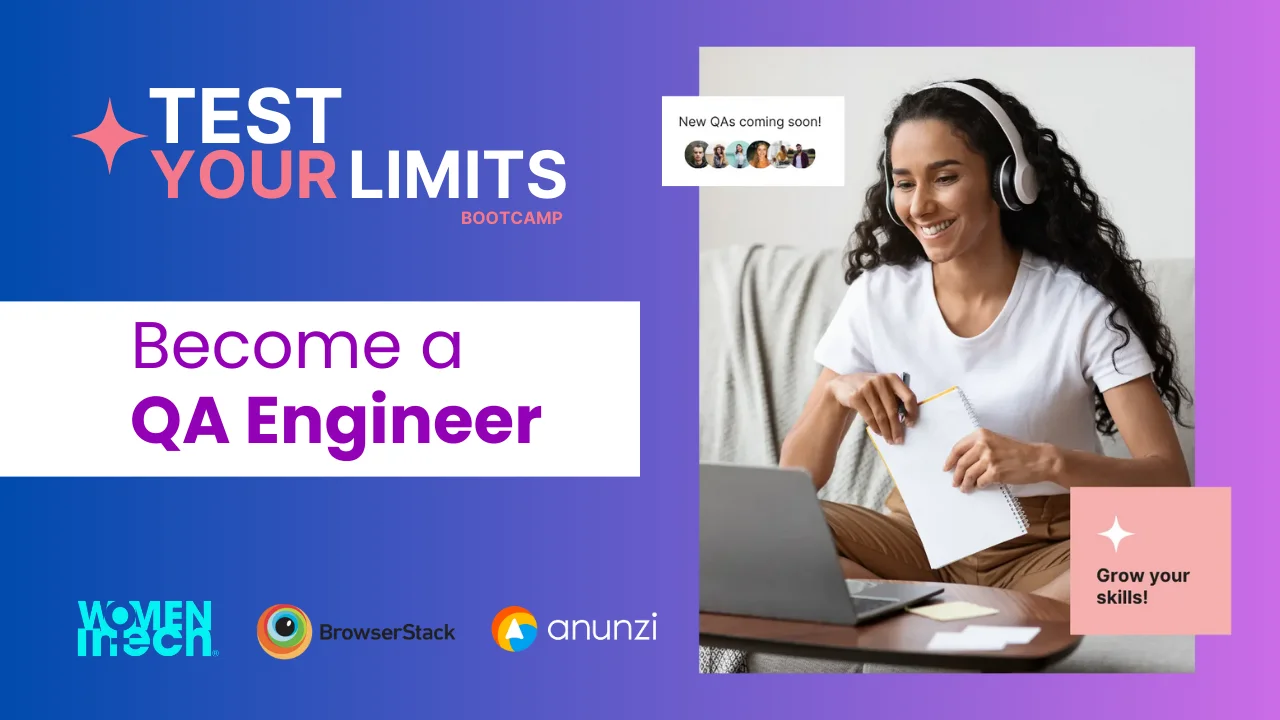Want to switch careers and land a job in tech without years of study? Becoming a QA tester fast is more achievable than you might think. With the right guidance, practical training, and a focused approach, you can go from zero experience to job-ready in just a few months. Here’s how to do it.
Is it really possible to become a QA tester fast?
Many assume that breaking into tech requires years of study or a computer science degree. But QA is one of the few roles where skills and practice matter more than credentials.
Myths vs. Realities
- Myth: You need a computer science degree
- Reality: Many QA testers start from scratch, with no formal tech background.
- Myth: It takes years to break into tech
- Reality: With the right course or bootcamp, you can start applying in 3–6 months.
Quality assurance is about attention to detail, curiosity, and structured thinking—traits that can be developed quickly with hands-on practice.
Fast-track paths into QA
Not all learning paths are created equal. If you’re aiming to land your first QA role fast, you need to focus on efficiency, structure, and real outcomes.
Self-learning: how far can it take you?
Free platforms like YouTube, blogs, and forums can help you understand the basics. However, they often lack consistency, mentorship, and feedback. Self-learning is best suited for highly self-disciplined learners who are already familiar with tech environments.
Online courses vs. bootcamps
- Online courses are flexible and affordable, but often fragmented. They rarely offer career support or real-world projects.
- QA bootcamps, on the other hand, offer structured curriculums, expert mentorship, and job-focused training.
If speed and job-readiness are your priorities, a bootcamp is the most effective route.
What skills do you actually need first?
Before diving into automation or advanced testing, you need a solid foundation in manual QA and process understanding.
Manual testing fundamentals
Start by learning how to:
- Execute and follow test cases
- Report bugs in a structured, clear manner
- Think like an end user to uncover hidden issues
Understanding how QA fits into Agile environments is key. You’ll need to know:
- How sprints and scrum teams operate
- What makes a bug report useful
- How QA integrates with product and dev teams
Tools you should learn
You don’t need to master 10 tools. Familiarity is enough to get hired. Start with:
- Jira – bug tracking
- Postman – API testing basics
- Selenium or Cypress – automation intro
- TestRail – test case management
- Chrome DevTools – inspecting pages and debugging
- Notion/Trello – organizing test cases and QA notes
Employers look for practical exposure, not certifications.
How our bootcamp is designed to move fast
We’ve built our QA bootcamp for one purpose: help you gain job-ready skills in record time without cutting corners.
Curriculum focused on hands-on learning
Every module is tied to real QA tasks. You’ll learn by doing, not memorizing theory:
- Create test cases and test plans
- Simulate bug reporting and regression cycles
- Run tests on websites, APIs, and applications
- Work with modern QA tools from day one
Realistic timelines and outcomes
Our program is designed to take you from beginner to job-ready in 12 to 16 weeks:
- Weekly milestones and mentor sessions
- Portfolio built during the program
- Practice interviews and job preparation
Can you get hired without experience?
Yes. Many QA testers land their first job with no formal tech background—as long as they can demonstrate hands-on skills and logic.
That’s where a structured program like ours makes a difference. You’ll finish with:
- A full portfolio
- Confidence in real-world QA tasks
- Familiarity with tools and workflows used in hiring interviews
How to build a QA portfolio (even with no job history)
A portfolio shows how you think, test, and report. You can create one without paid experience by:
- Testing public websites or apps (e.g., e-commerce checkouts)
- Documenting bugs clearly with screenshots and steps to reproduce
- Creating Loom videos explaining your tests and decisions
- Uploading your work to GitHub or Notion
This gives recruiters a glimpse of your process, far more valuable than a blank resume.
Entry-level job strategies that work
You don’t need to wait for a dream role to start. Here’s how to begin applying and gain momentum:
- Target roles like QA intern, junior QA, or software tester
- Search actively on LinkedIn, Indeed, We Work Remotely, and job boards like RemoteOK
- Highlight tools, bug tracking, and soft skills in your resume
- Connect with QA professionals and recruiters on LinkedIn
Your first job might be contract or support-based, but it’s your gateway into the tech industry.
Enroll now and start building your new career
If you’re serious about becoming a QA tester quickly, our bootcamp is built to help you:
- Learn real-world QA tools and methods
- Gain project-based experience
- Receive live feedback and career coaching





